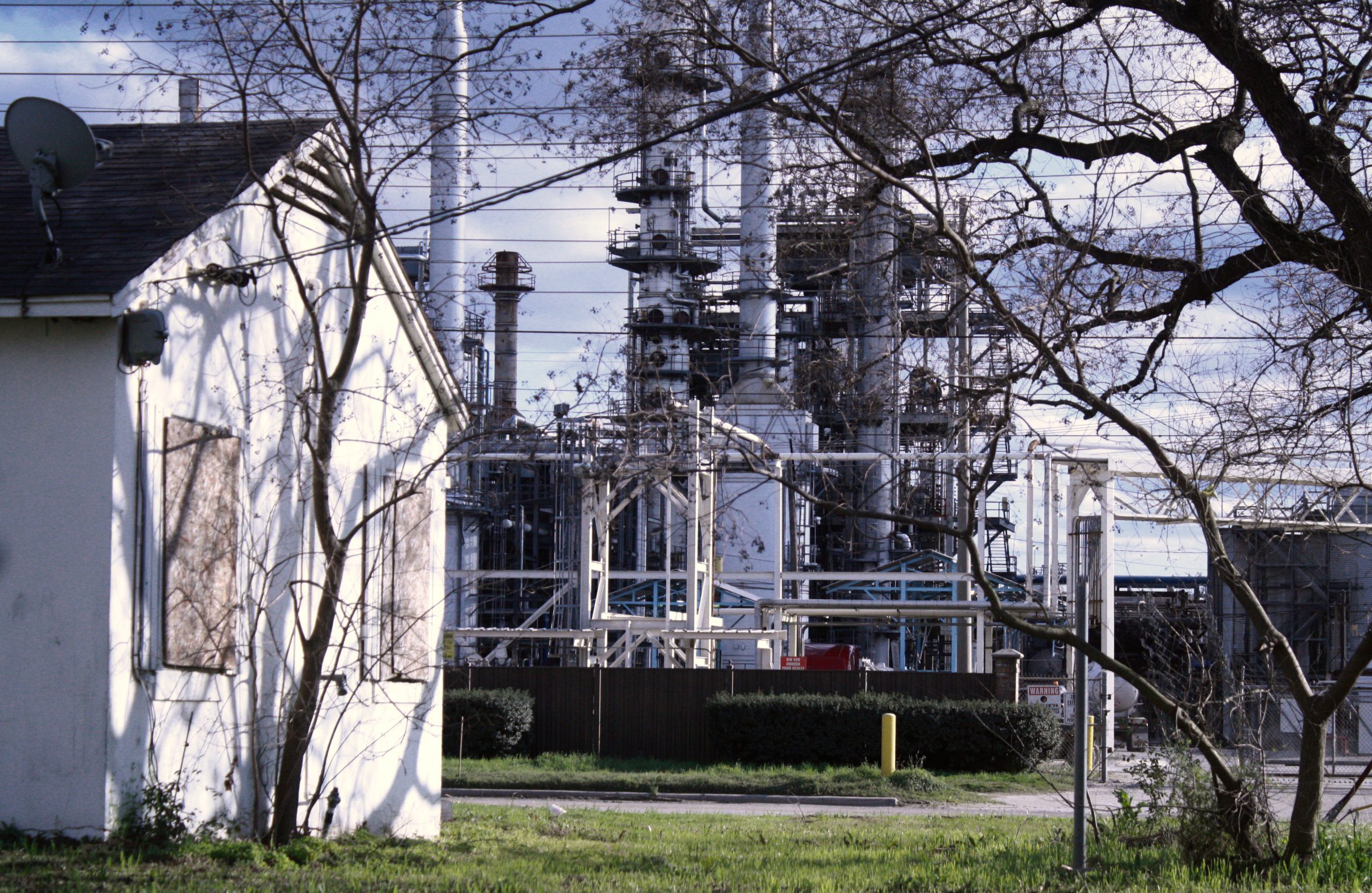
Race, economics meet the virus
In Shreveport, where some of the ugliest episodes of Jim Crow-era violence and redlining played out, COVID-19 also tells a story of sustained community disinvestment.


In Shreveport, where some of the ugliest episodes of Jim Crow-era violence and redlining played out, COVID-19 also tells a story of sustained community disinvestment.
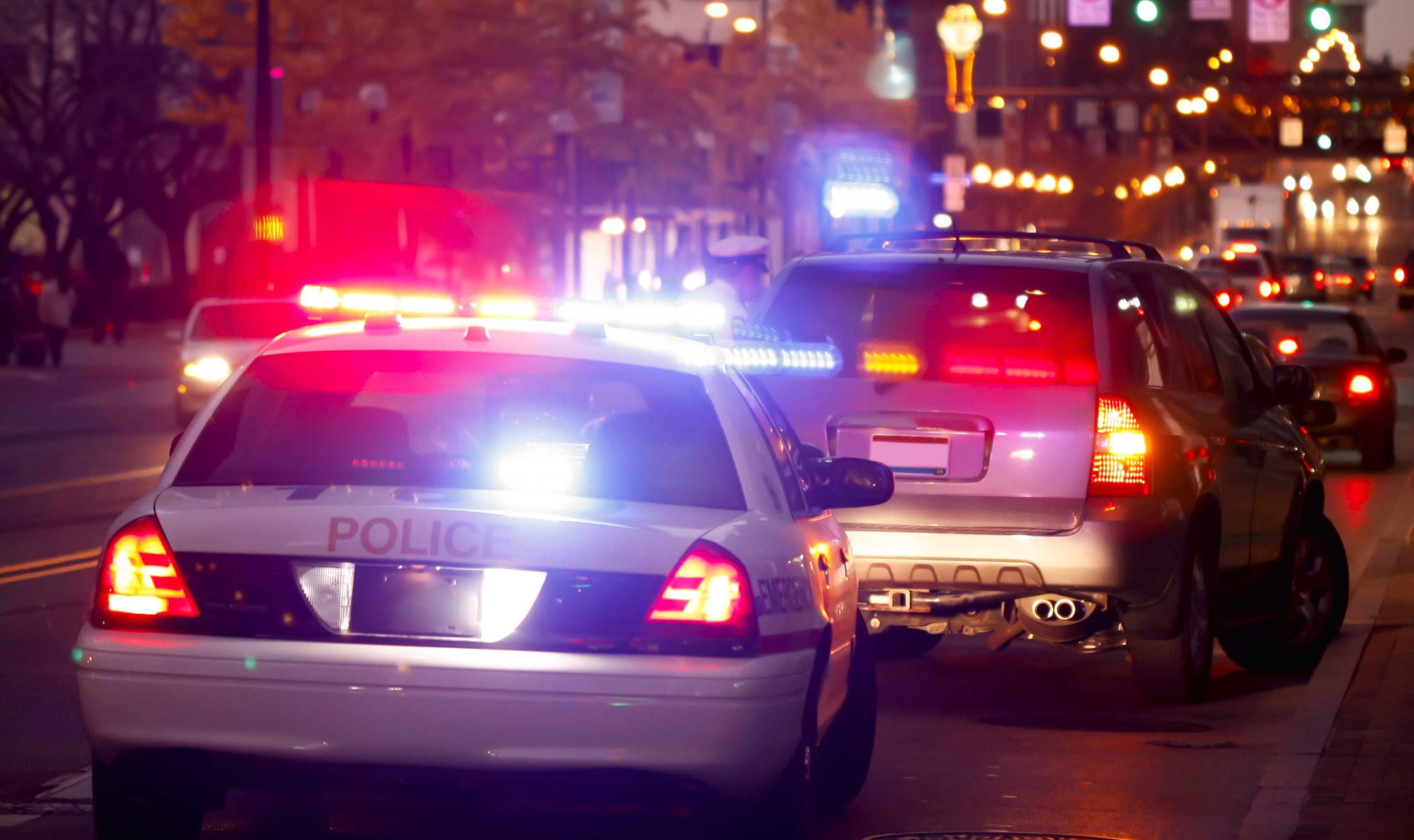
By the end of 2015, officers had fatally shot nearly 1,000 people, twice as many as ever documented in one year by the federal government.

California communities fight — sometimes, with their neighbors — for clean, safe drinking water.
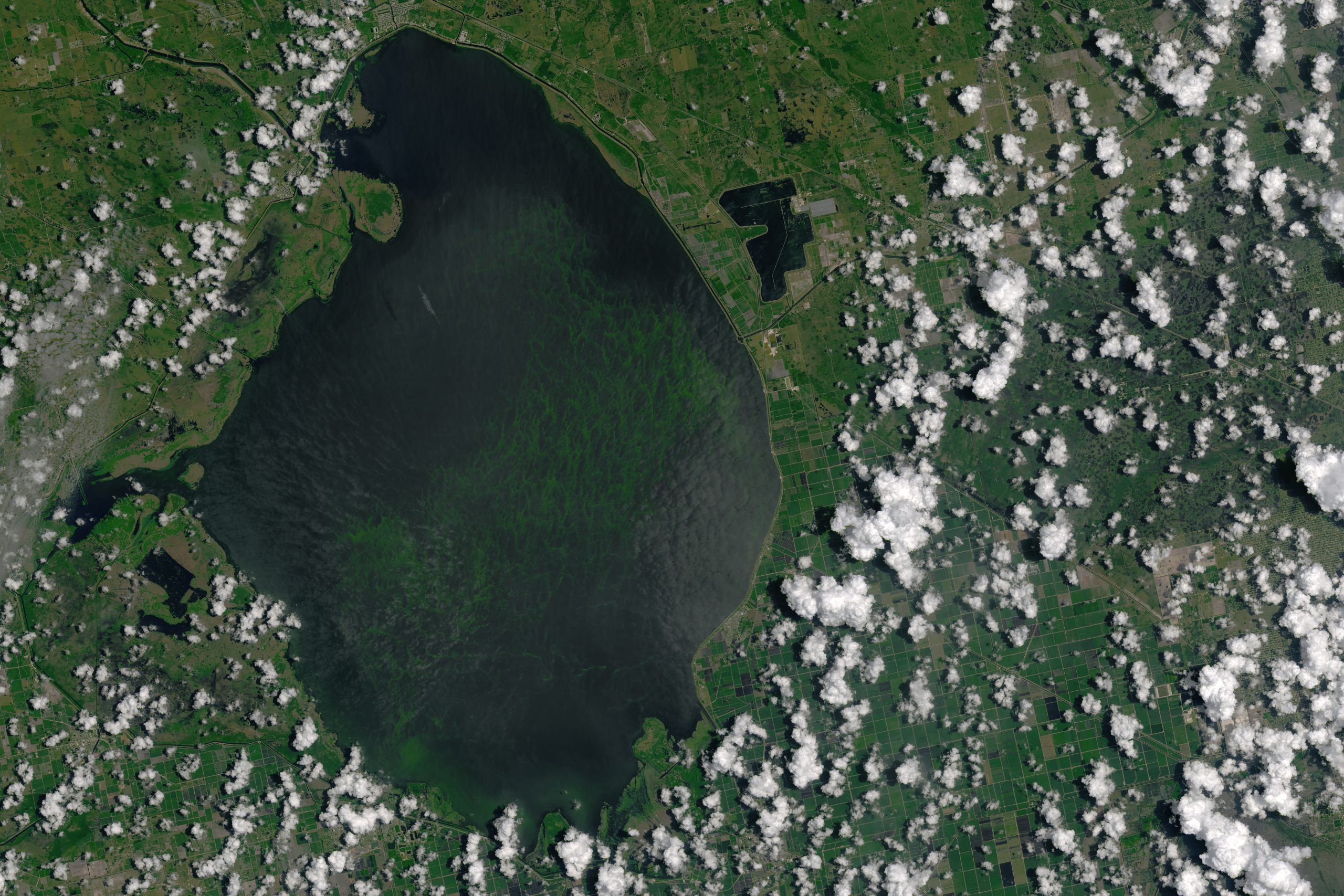
The state of Florida has passed laws and spent hundreds of millions of dollars on water treatment projects to try to reduce the phosphorus flowing into the lake. But it continues unabated, according to a review of state water-monitoring data by Weather.com and the Investigative Reporting Workshop.

Across the United States, state and local officials, frustrated by a lack of leadership in the White House and federal agencies, took steps on their own to prepare for the pandemic and protect their communities.
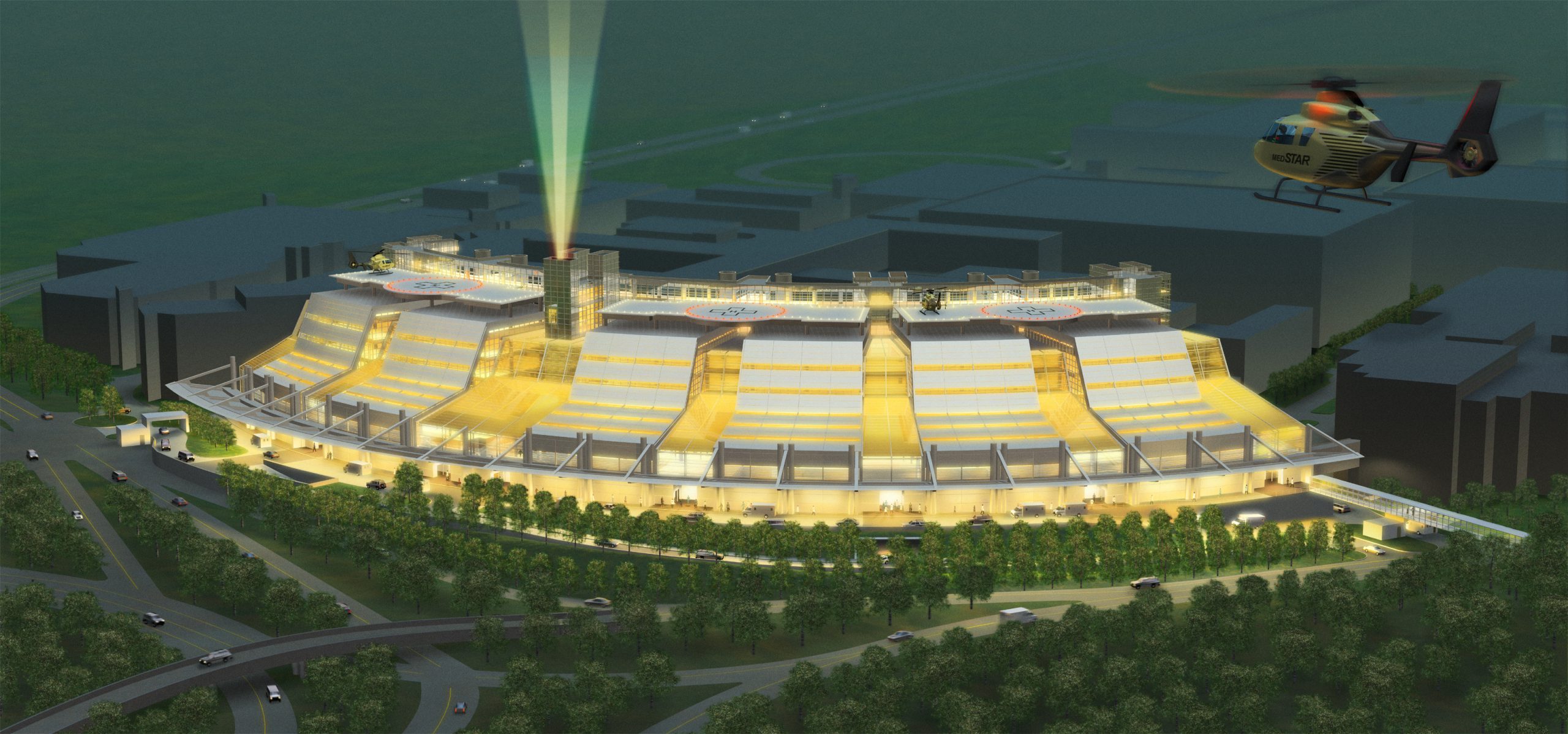
Most hospitals — nonprofit, public and for-profit — operate on thin financial margins and have little to no budget for contingency preparations.

The American Lung Association ranks Bakersfield, Calif., as the most polluted city in the nation for average annual levels of dangerously high particle pollution. The city is second for short-term pollution spikes, a ranking Bakersfield has held in eight out of the last 10 reports.
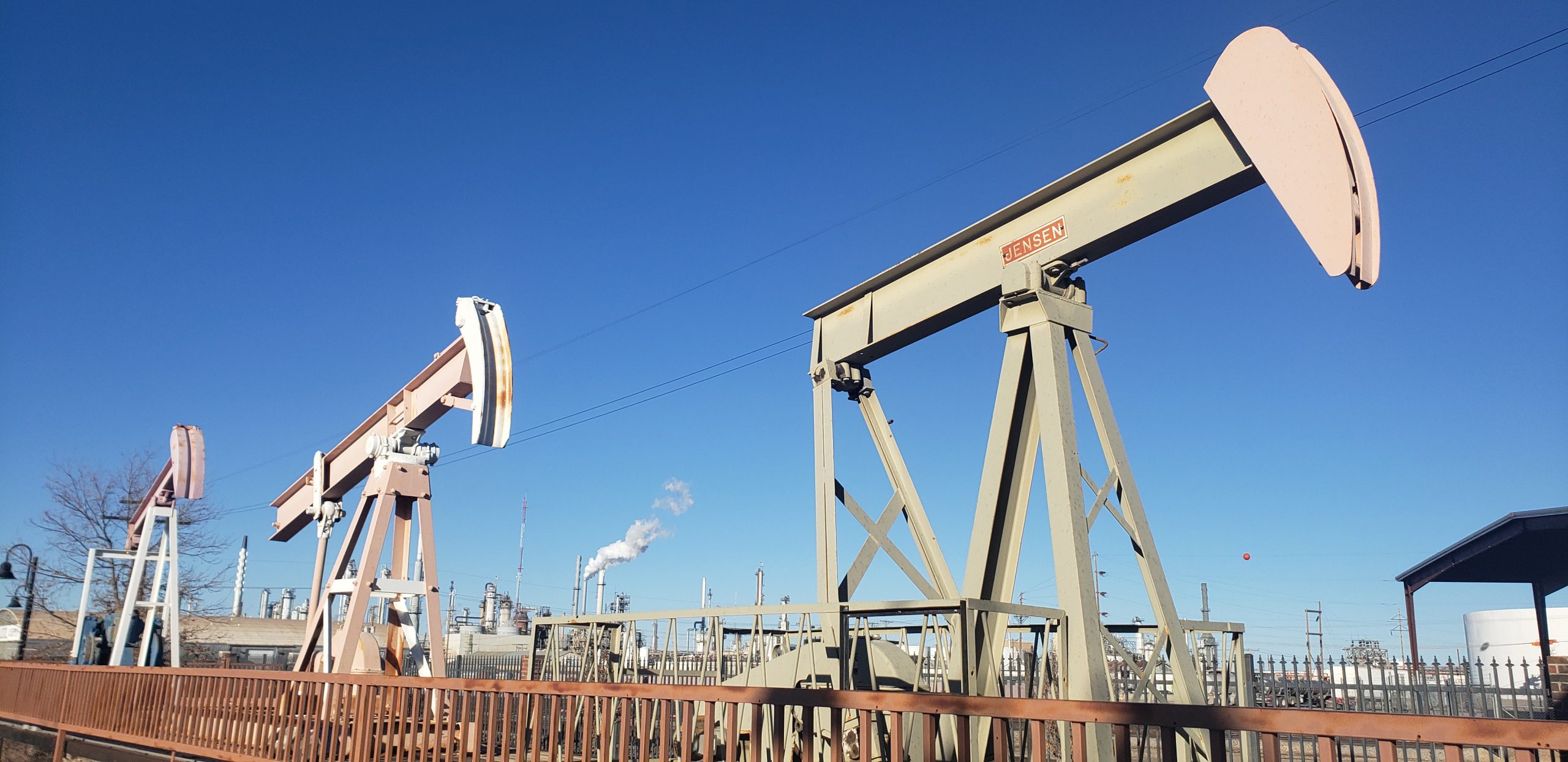
State regulators for more than a decade allowed a New Mexico refinery to delay fixing leaky equipment that was releasing toxic gases, including high levels of the carcinogen benzene.
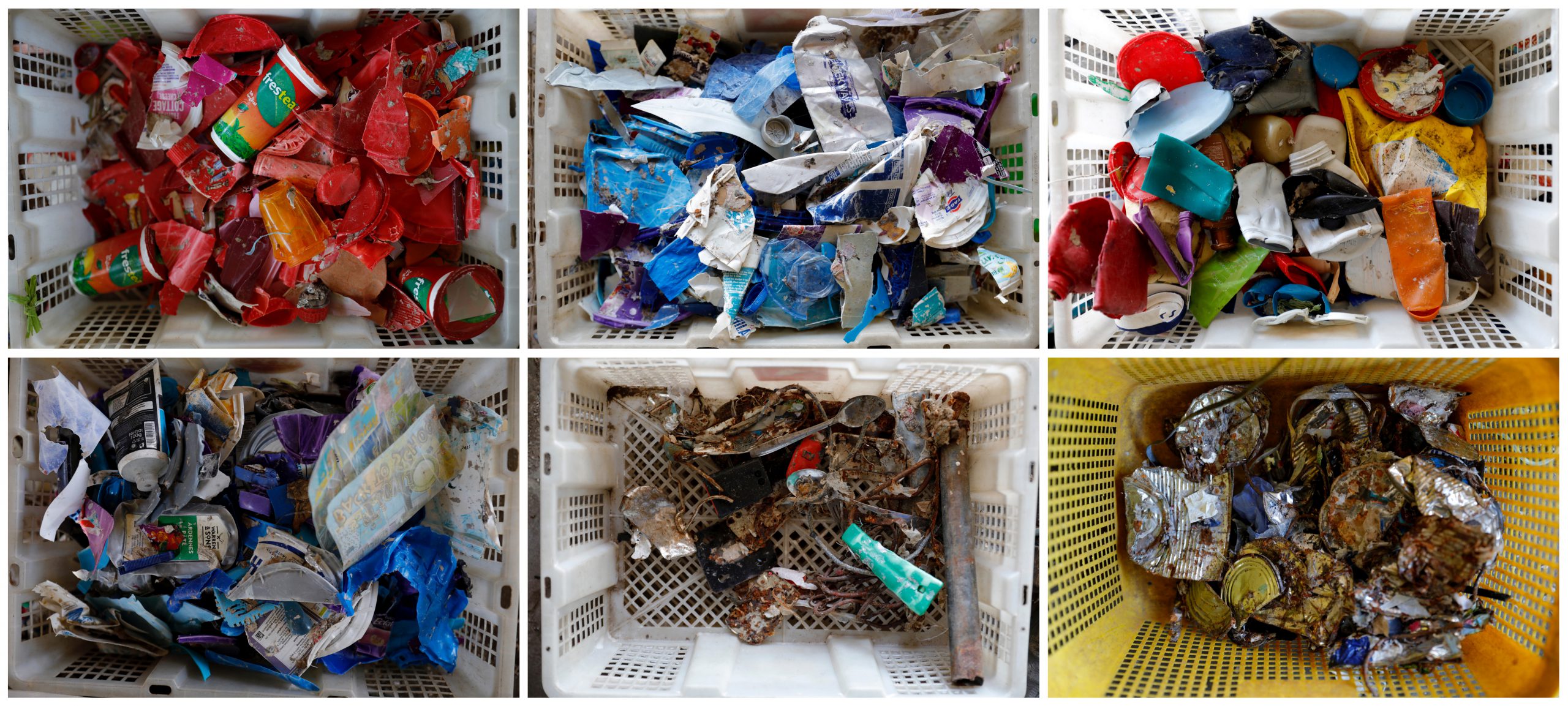
“Plastic Wars” looks at how the plastics industry has used recycling to help sell more plastic — and why the plastic waste problem has only grown.
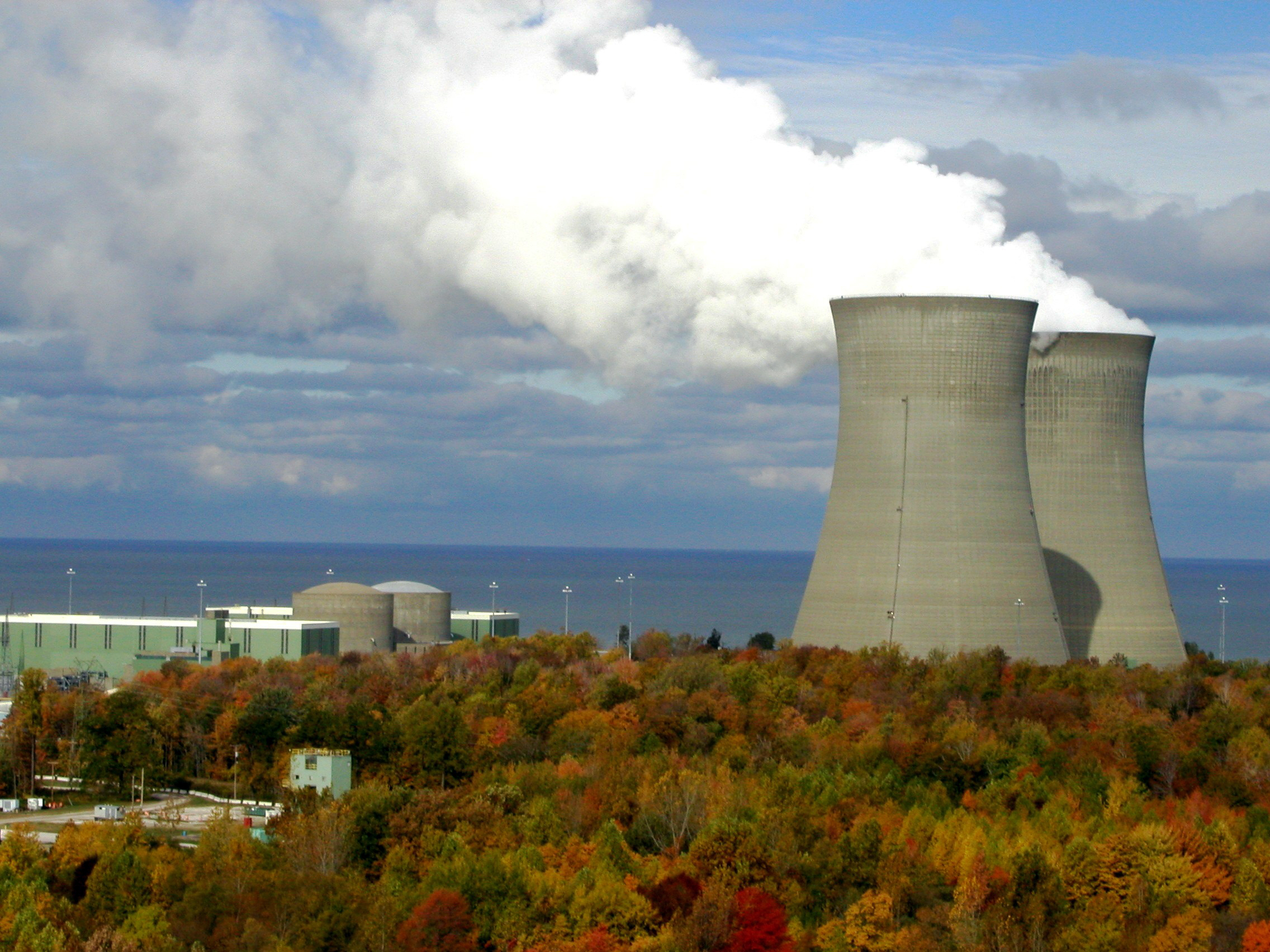
Public filings outline troubling relationships between energy company, local legislators and special interest groups in Ohio.